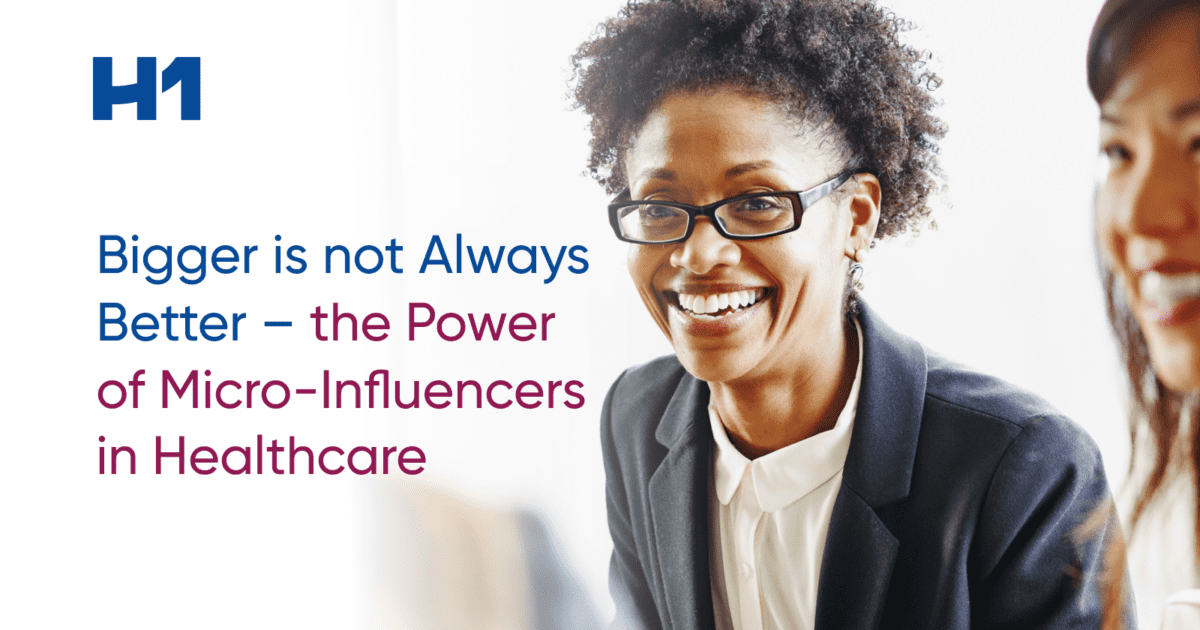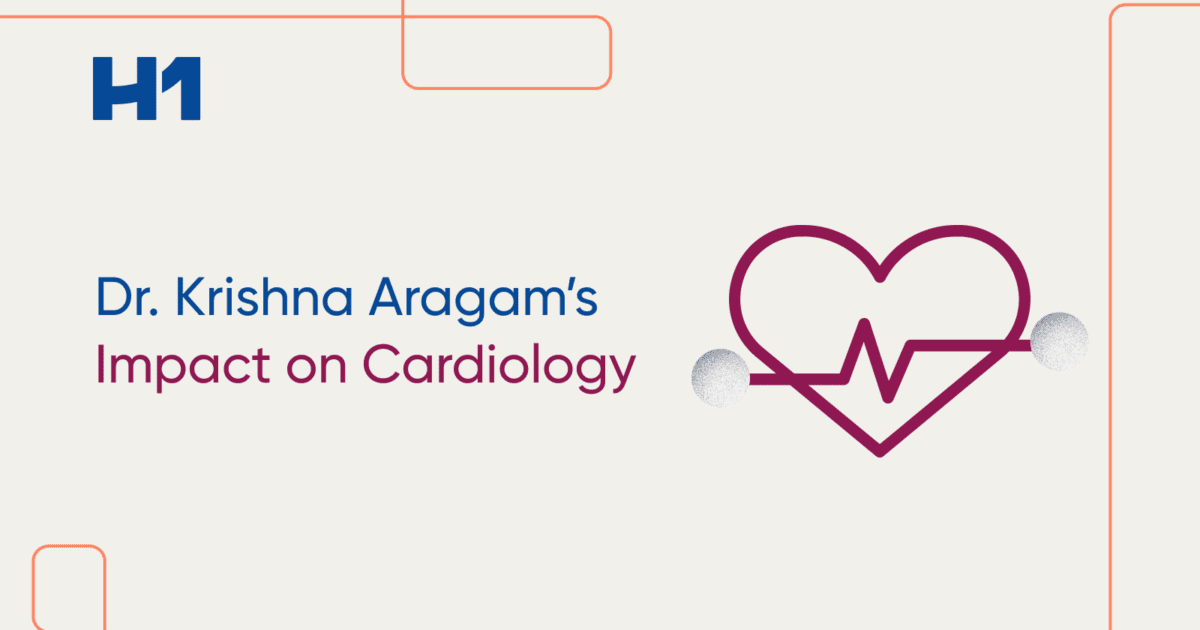The Power of Micro-Influencers in Healthcare

Bigger Is Not Always Better
How can we break through the noise to reach healthcare providers and key opinion leaders with important information?
Consistently engaging external experts has always been one of the main challenges of medical affairs departments. COVID-19, with all the restrictions it imposes on the traditional way of engaging healthcare providers (HCPs), has made it even more urgent to find new approaches to listen to and communicate with them.
A number of factors make engaging HCPs very challenging. Chief among them is that the primary responsibility of healthcare providers is patient care and the time they can dedicate to other tasks, such as keeping up-to-date with the ever-increasing amount of medical information, is necessarily limited. The ability to triage which information to focus on, what voices to listen to, what publications to read, and which medical science liaisons to meet with is critical to managing their workload.
Further complicating the situation is the fact that there isn’t just an exponentially growing body of knowledge, but also many more channels through which this information is disseminated.
Given this overload of information and different ways to disseminate and access it, selection becomes ever more critical. Who shares information and where can be an important selection criterion and networks of trust provide a workable short-cut to complex decision making. If a HCP recommends a treatment, shares concerns, or reports interesting real-world results this information is highly likely to be prioritized by those within their network.
Creating Virtual Networks of Trust
In the not so distant past, personal experience and direct knowledge of a colleague’s work were the cornerstone of these networks of trust. Well-known key opinion leaders with long publication and conference speaker histories and other renowned experts, e.g. authors of medical guidelines, also provided valuable input. While that has not changed, new voices can now be easily added: those of relevant social media influencers.
Just like more traditional opinion leaders they come in different flavors:
- Digital influencers with huge followings on one or more social media channels (Twitter, Instagram, Youtube and TikTok). These influencers can have tens or hundreds of thousands of followers and generally share information targeted at the public rather than their colleagues. While they can be physicians, they don’t have to be: nurses, patients, caregivers, journalists or other health experts can become digital health influencers.
- Digital opinion leaders with a large following of other healthcare providers. These influencers are generally trained healthcare professionals that share peer-to-peer recommendations, are able to speak from experience and provide valuable educational information. They resemble traditional KOLs that have fully embraced digital channels.
- Micro-influencers with smaller accounts of between 1,000 and 10,000 followers are focussed on a therapeutic area or other limited field of expertise. They have demonstrated thought leadership in that field and have attracted followers that are looking for relevant information, real insights and an authentic and believable voice. While digital opinion leaders can reach more followers, micro-influencers make up for that lack in reach with depth and smaller, highly relevant and tight networks of followers.
How to Find Micro-Influencers
Healthcare professionals have embraced many digital platforms from Twitter to Youtube, Instagram, Facebook and TikTok. Even Discord, which originally was the sole domain of gamers talking about their latest gaming adventures, now has channels dedicated to medicine, research and science. One advantage of social channels is that they provide a current picture of a person’s influence: people elect to follow those they trust and if that trust is lost, unfollowing is fast, easy, free and mostly without repercussions. Whoever sticks around, especially if they participate by liking or commenting, is there because they derive value.
Among social media channels Twitter reigns supreme for scientific and medical content. In fact, Twitter use is no longer considered an emerging trend by some in the industry but as a platform that already has real impact, e.g. by driving citations [1].
Twitter therefore is the go-to platform for finding micro-influencers in a specific therapeutic area.
The Importance of Micro-Influencers for Medical Affairs
Micro-influencers can have an outsized impact and listening to them can yield important information for medical affairs teams. Closely listening to a micro-influencer will reveal trends, provide information about treatments and standards of care and how they might be changing, highlight new research, and discuss clinical results. For MSLs, listening to an HCP’s social voice can provide valuable information about their interests, current work, and scientific needs. That information allows them to engage the HCP with customized information that is sure to capture their attention.
But listening to social channels does not only help MSLs with engaging healthcare providers, it can also provide medical education teams with insights for their external education programs, prepare medical information teams for questions they might receive and help identify promising “rising star” HCPs among micro-influencers and their followers.
One way to identify these micro-influencers is searching relevant hashtags on Twitter and then looking for users that consistently provide informative tweets and show high levels of engagement. Alternatively, comprehensive databases, like the one developed by H1, that include Twitter information (e.g. handles, Twitter stats and recent tweets) in the HCP’s profile, make finding micro-influencers even easier. Databases allow the user to search for domain experts and then sort and filter the list based on social media related characteristics to hone in on the most relevant names.
Social media micro-influencers can no longer be overlooked. The size of a healthcare provider’s social media following is one indication of their influence and importance, but might not be the most relevant one. Following, listening to and engaging (off-line) HCPs that communicate about relevant topics with smaller but tighter groups of followers can be a better choice.
If you would like to get an overview of the H1 database and how you can use it to identify social media influencers, such as micro-influencers, please contact us here.

 HCP Universe
HCP Universe Trial Landscape
Trial Landscape